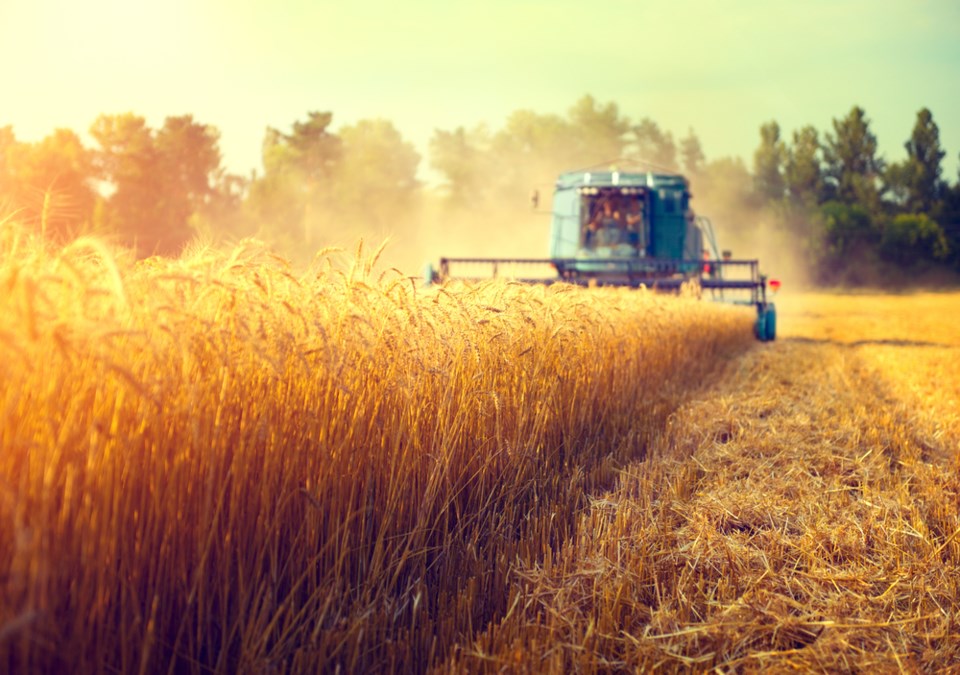With the warm weather helping crops mature, producers have been making progress with their harvest.
Seven per cent of the crop is now combined and six per cent is ready to straight combine. The five-year average (2016-2020) for this time of year is one per cent combined and two per cent ready to straight-combine.
Fifty-four per cent of winter wheat, 51 per cent of fall rye, 37 per cent of field peas, and 29 per cent of lentils are now in the bin.
Harvest is most advanced in the south and west-central regions, where 12 per cent of crop in the southwest, eight per cent of crop in the southeast — which includes Moose Jaw and area — and seven per cent of crop in the west-central is combined.
Most of the province received at least some rainfall this past week. More rain would help late seeded crops and benefit pasture land affected by drought.
Topsoil moisture conditions have seen a slight increase due to the rain. Cropland topsoil moisture is rated as six per cent adequate, 32 per cent short, and 62 per cent very short. Hay and pasture land topsoil moisture is rated as five per cent adequate, 28 per cent short, and 67 per cent very short.
Estimated average dryland hay yields for the province are 0.80 tons per acre for alfalfa, 0.70 tons per acre for alfalfa/bromegrass, 0.60 tons per acre for other tame hay, 0.60 tons per acre for wild hay, and 1.0 tons per acre for greenfeed. Estimated average irrigated hay yields are 1.3 tons per acre for alfalfa, 1.80 tons per acre for alfalfa/bromegrass, and 2.2 tons per acre for greenfeed.
A complete, printable version of the crop report is available online.




